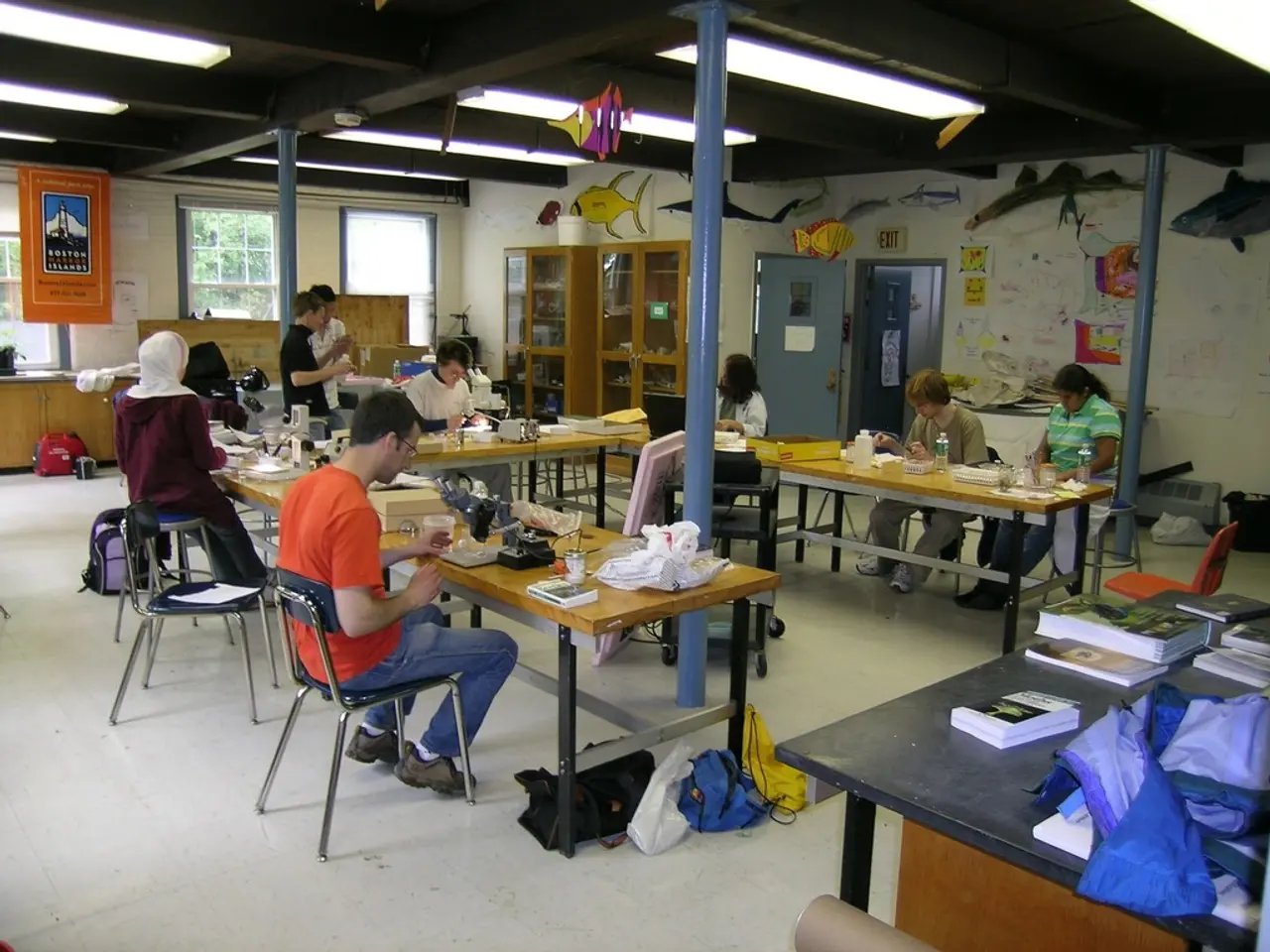Living on or off campus: Which is more affordable?
Managing College Costs: A Guide to Affordable Housing and Living
For many college students, the costs associated with higher education can be daunting. One of the most significant factors influencing these costs is housing expenses. Here's a closer look at how students can optimize their budget during their studies.
College towns often have second-hand shops that sell low-cost furniture, making off-campus living more affordable. Off-campus living might require the purchase of dorm essentials like sheets, towels, tables, chairs, and other furniture. However, by choosing shared accommodations, living in student dormitories, or seeking affordable off-campus housing options, students can significantly cut housing costs.
The average cost for room and board for the 2021-22 academic year, according to The College Board, ranges from $9,330 to $13,620, depending on the institution type. Dorm costs typically represent most of the room and board fees students pay. Rent costs vary widely depending on location. For instance, the median rent for a one-bedroom apartment in Hawaii was $1,817 in April 2022, compared to $679 in North Dakota.
Financial aid can be used to pay for housing, including Direct Student Loans, 529 Plan, and Prepaid State Tuition Plan. Students can also lower costs by splitting rent with roommates and factoring in upfront costs like a security deposit when apartment-hunting. Living off-campus with roommates can significantly cut housing costs, making it an attractive option for many students.
Cooking meals at home is one way students can reduce costs. Some schools offer different meal plan tiers, providing flexibility to eat some meals on campus while saving money by preparing the bulk of their meals at home. The average price for a campus meal plan in 2016 was almost $19 a day, according to The Hechinger Report.
It's important to note that off-campus living may require transportation, and owning a car can add thousands of dollars per year to a student's budget. Renters in the U.S. pay an average of $240 per month in utilities, and the median cost for broadband internet in urban areas is around $70 per month.
The benefits of living on campus should be considered when deciding between on-campus and off-campus living. On-campus housing often includes meal plans, making it easier for students to manage their budgets. However, off-campus living offers the opportunity for more independence and access to second-hand shops for affordable furniture.
During breaks, students need to find housing outside the dorms, as most schools close the dorms over summer and sometimes winter break. College students can lower costs by planning ahead and finding affordable housing options during these periods.
In conclusion, managing college costs requires careful planning and consideration. By choosing affordable housing options, cooking meals at home, and splitting costs with roommates, students can significantly reduce their expenses during their studies.
Read also:
- Weekly update from the German federal parliament, Bundestag
- Eco-Friendly Wine Farming and Production Methods
- Those most affected by the increase in retirement age for state pensions question the necessity of extending work life: Is prolonged employment essential?
- Unveiling of Sportradar's Third Integrity Report in Sports Industry







